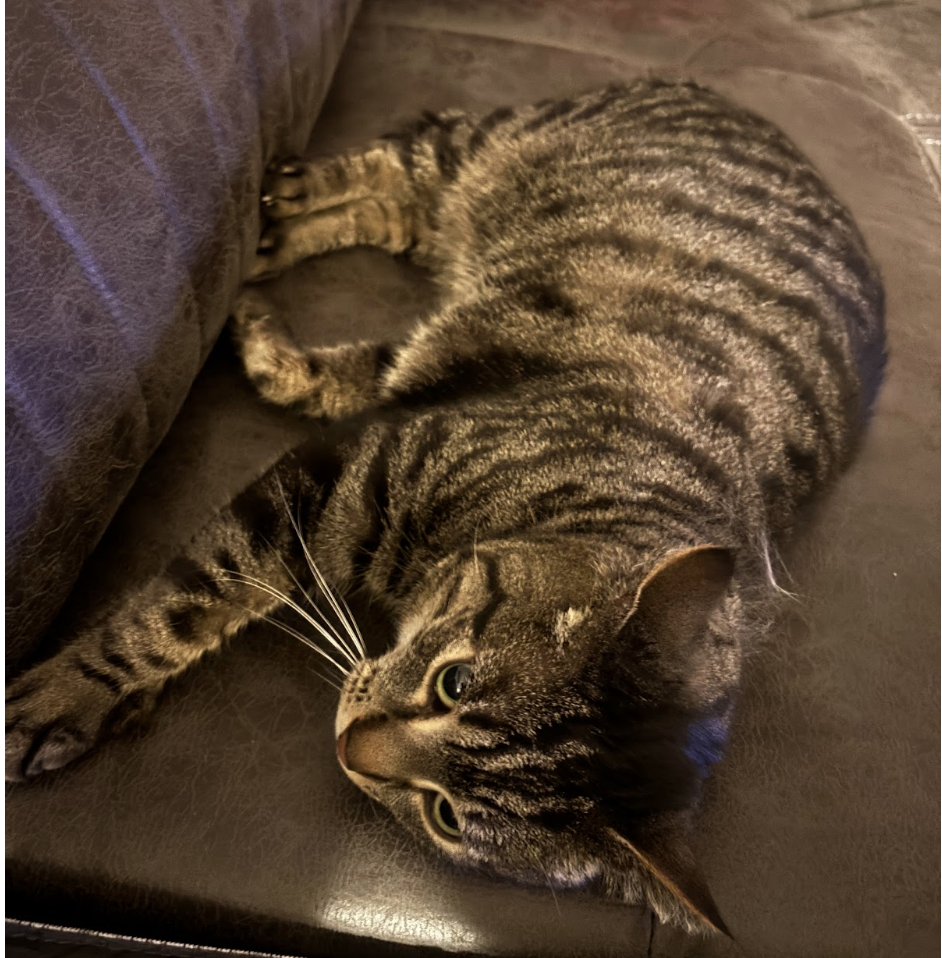I am a Taurus sun with Aquarius moon and Sagittarius rising. I am an INFP-T, Enneagram 4w3, Melancholic temperament, scored highest on “open” and “neurotic” in the Big Five personality assessment, a Ravenclaw, and according to Buzzfeed, if I were to be a piece of Ikea furniture I would be a floor lamp.
But what does all of this mean?
My obsession with personality quizzes has existed in some form since I began to perceive my identity in relation to others. It turns out, I am not alone. Humans as a whole, it seems, have a desire to categorize people in order to make sense of themselves. Early evidence of personality typing exists in the Ancient Greek theory of humorism, in which Hippocrates proposed that people fall into one of four categories: sanguine, choleric, melancholic, and phlegmatic. These types originated from various kinds of fluids in the body, and it was believed that whichever fluid one possessed the most exhibited personality traits linked to that category.
There are countless other examples of early peoples’ search for identity across all cultures and time periods, many of which intersect with religious belief and spirituality. However, the modern personality testing in the more psychological realm is often cited to begin with Robert Woodworth’s Personal Data Sheet, a questionnaire that sought to determine soldiers prone to nervous breakdowns in World War I. In 1917, Katharine Briggs began researching personality, drawing from earlier theories from psychoanalyst Carl Jung, to create the Myers-Briggs Type Indicator. This system outlines sixteen personality types based on four traits: introversion/extraversion, sensing/intuition, thinking/feeling, and judging/perceiving. Where one falls on the spectrum of each of those traits forms their overall “personality type.” While the modern assessment formed from Briggs’ work is now one of the most popular personality assessments in the world, her categorization seems to retain little scientific merit, and is therefore discounted as “true” by most psychologists.
Zodiac signs are another form of personality categorization, but differ from the MBTI and other similar assessments in their fixed nature. One’s Zodiac sign is determined at birth from the position of the planets, and therefore cannot be changed from an answer to a singular inquiry on a questionnaire. Around 1800 years ago, the astronomer Ptolemy divided the Earth’s rotational pattern around the sun into twelve sectors, named after the constellations present in each. This marks the beginning of astrology, as characteristics of each constellation present at a specific time began to morph into the Zodiac signs we know today. Horoscope.com, in my personalized horoscope for April 1st ironically suggests, “You might talk as if you possess many lifetimes of wisdom, Taurus. Perhaps you do, but that doesn’t mean you should be arrogant about it. Your words might have the tone of a sage schooled in every subject. As a result, you could grow frustrated with others who act immature or uneducated. It isn’t your job to judge. Help others understand the bigger picture instead of assume they’re unworthy or unwilling to learn.” This reflection is general enough to apply to anyone, yet the intentional flattery present in almost any horoscope proves it difficult for people to brush off, when we so desperately want others to see the good in ourselves.
A person’s tendency to believe in a general statement about themselves is scientifically explained by the Barnum Effect. In 1948, psychologist and professor Bertram R. Forer provided a personality assessment to his students, then gave each of them the same result, consisting of universally applicable conclusions about their personal qualities. He then asked them to rate the result’s accuracy, and found most had rated it incredibly high. These and similar findings document our susceptibility to any sort of false generalization meant to manipulate, as they are a quick and easy replacement for genuine observations originating from real connection. When people truly care about each other, they are able to recognize incredibly specific details in the other, and it can help to hear that perspective from loved ones when we are so overly critical of ourselves. However, for many people, a person who sees you as you are is an impossible luxury, and in a quest to understand themselves, they will turn to strangers with a gift of “prophecy” instead.
One key example of the manipulation using the Barnum Effect is the development of the “Type A/Type B” personality theory created by cardiologists in the 1950’s. In this theory, a person is one of two types: success-driven, impatient, organized “Type A”, and its contrast: relaxed, non-competitive, less neurotic “Type B.” The cardiologists theorized that those in the “Type A” group were more likely to develop heart disease solely due to their personality type. However, this research was based on faulty experimentation and funded primarily by tobacco companies, in an effort to distort the increasing link between tobacco use and heart issues. While the information practically debunking this personality theory is now widely available, the concept of “Type A/Type B” is still alive in our cultural consciousness. It stuck because of its accessible, easy-to-understand labels and possibility for somewhat interesting dinner conversation. One can feel satisfied much more easily in their search for meaning and identity with two simple categories, rather than the myriad of variations of ways of thinking, habits, and general characteristics present in both one person and the human race as a whole. Rather than feeling lost in the impossible quest of identity, it is possible to take a more optimistic approach: a world with a finite amount of types of people would be incredibly limiting. It is a beautiful, mind-boggling idea that there is no one person who acts or thinks in the same way as someone else, and as frustrating as that can be, it seems that the only way to truly “know” someone may not be to read their horoscope, but get to know them not as a Scorpio, but as an actual, real-life person.
While all of these modes of categorizing personality have been discredited by professionals so far, a fairly recent test known as the “Big Five Personality Assessment” seems to be held in the highest regard by psychologists. Also known as the “OCEAN model” for its assessment of a person’s openness to experience, conscientiousness, extraversion, agreeableness, and neuroticism, the assessment seeks to rank a person’s place on each of the five spectrums by their answers. The “OCEAN model” differs from other personality tests because it recognizes personality as a mutable concept in an individual, and is transparent in its limits of assessment. This model is likely the most reliable way to conceptualize personality, if one must.
Despite being highly critical of these “boxes” and “labels,” I recognize that the desire for connection is instinctual, and my willingness to perceive myself in a particular way because an online quiz told me so will likely never completely disappear. Perhaps it is best not to fight these tendencies too harshly. Perhaps being out in the world instead of over-analyzing oneself is the best way to go.








